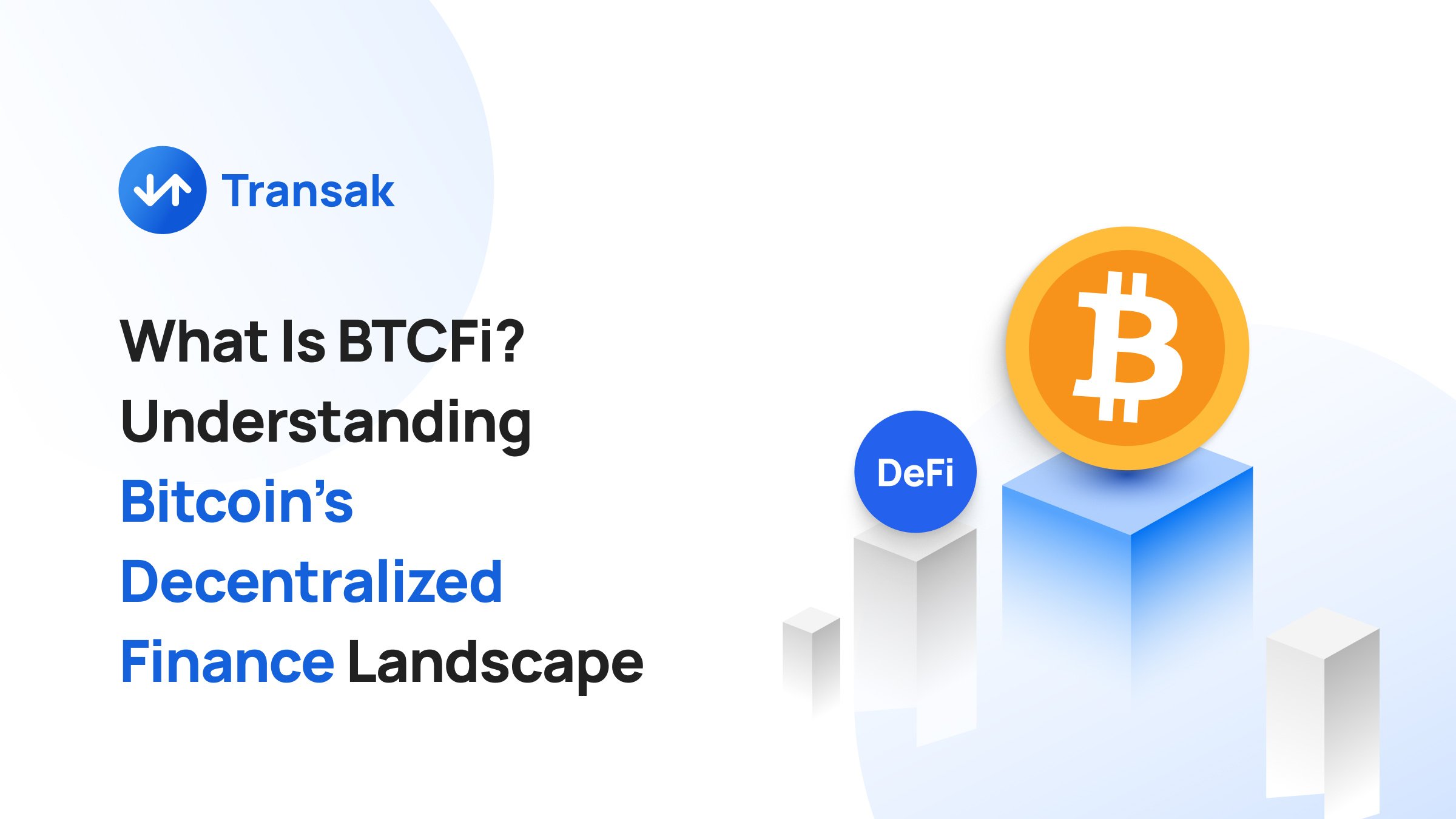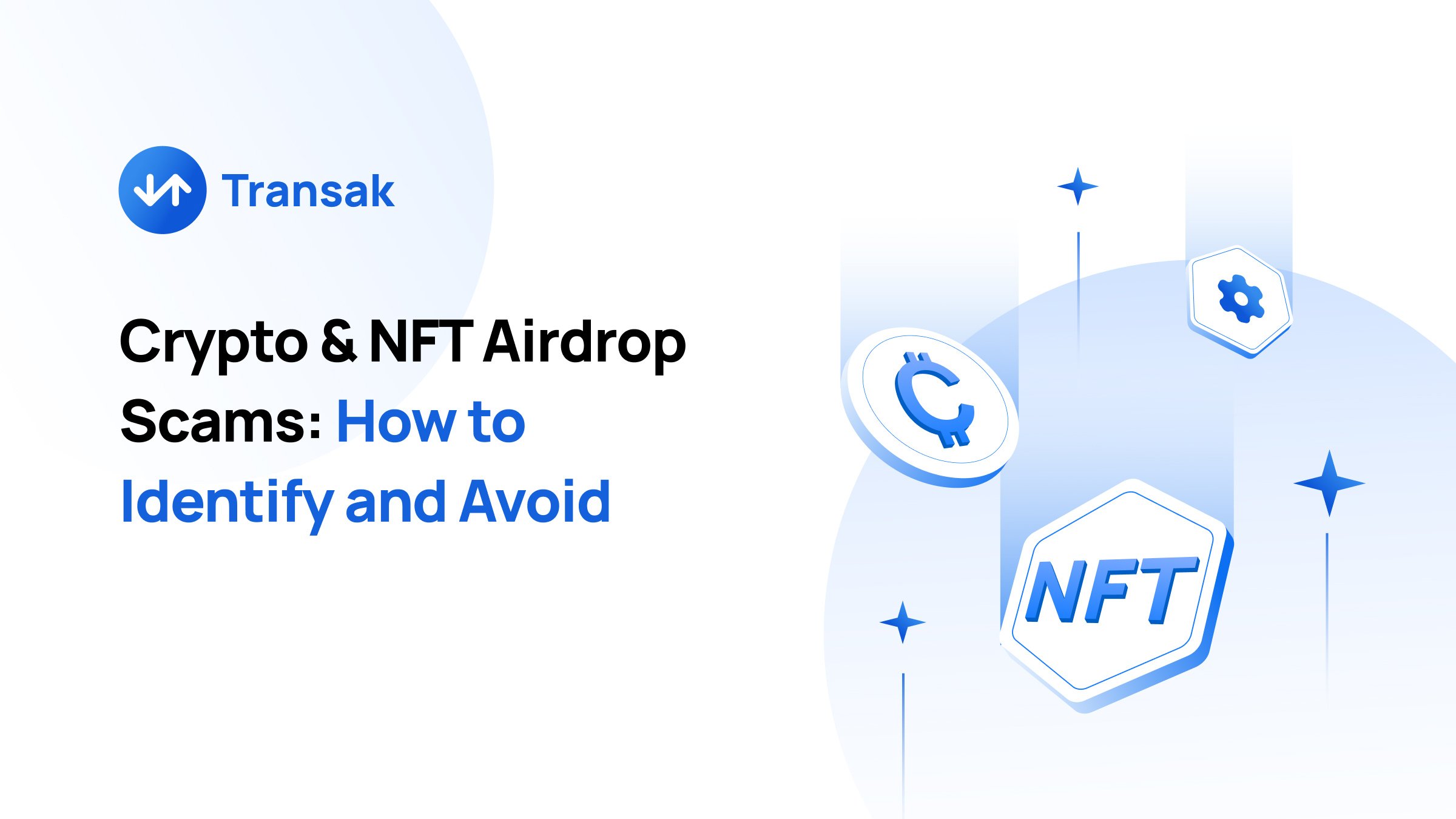
BTCFi, or Bitcoin decentralized finance (DeFi), opens the door for numerous possibilities for Bitcoin beyond its traditional role as a store of value and medium of exchange.
With the rise of Ethereum, Tron, Solana, and other blockchains, the DeFi space has rapidly expanded. Among these, Ethereum has remained the most dominant player (in TVL), holding over 55% of the total value locked (TVL) across all chains, with a value exceeding $55 billion.
Changes are unfolding rapidly, as the TVL of Bitcoin layer 2 solutions and sidechains was valued at only around $200 million in January 2024. However, this value shot over $1.7 billion within 10 months, marking a massive 750% surge following its increased demand among crypto users.
In this article, we’ll cover Bitcoin DeFi (BTCFi), key innovations that shaped this space, working, real-world use cases, advantages, and some notable projects.
Understanding Bitcoin DeFi (BTCFi)
Bitcoin DeFi (a.k.a. BTCFi) involves decentralized financial offerings and tools that leverage the Bitcoin blockchain or its layer 2 networks. Imagine the potential for users to access lending, borrowing, and trading services without relying on traditional intermediaries, all while benefiting from the security and transparency of the Bitcoin network.
The network outages and technical issues on top blockchains like Solana, Ethereum, and others highlight the need for building DeFi on more robust and resilient blockchains like Bitcoin. One notable example is Solana’s outage on February 6, 2024, which lasted around five hours and resulted in performance degradation and a halt of block progress.
As of November 2024, there are over 130 Bitcoin sidechain DeFi protocols, with Core and Bitlayer constituting around 65% of the total TVL. Together, these two protocols contribute to over $1 billion in TVL, highlighting their dominance in the Bitcoin DeFi ecosystem.
The Bitcoin Taproot upgrade, finalized in November 2021, encouraged the implementation of smart contracts, paving the way for Bitcoin's entry into the DeFi space. This upgrade was activated following the 90% critical consensus mark achieved by the mining nodes, demonstrating strong community support for this soft fork.
Key Innovations That Accelerated Bitcoin DeFi
Some of the protocols were crucial in unlocking the DeFi functionality of the crypto giant, Bitcoin, which includes the following:
- Rootstock: It is the longest-running Bitcoin sidechain and a foundational element of the BTCFi ecosystem with its smart contract capabilities. Utilizing 60% of Bitcoin’s hashing power, Rootstock supports dual mining and offers compatibility with Ethereum Virtual Machine (EVM), enabling Ethereum smart contracts to be deployed directly on the Bitcoin blockchain.
- Merlin Chain: A Bitcoin layer 2 solution launched in February 2024 to improve scalability through cost-effectiveness with EVM compatibility. Merlin Chain supports Bitcoin native protocols like Stamps, BRC-20 tokens, Bitmap, and more while utilizing decentralized oracle networks and ZK-Rollup for faster and cheaper transactions.
- Core: As the first Bitcoin-aligned, EVM-compatible blockchain, Core introduced the Satoshi Plus consensus mechanism, which leverages both Bitcoin holders and miners to secure a highly scalable smart contract platform. The combination of EVM compatibility and Bitcoin security expands Bitcoin’s functionality across the DeFi ecosystem, enabling broader use cases and greater interoperability.
- BEVM: A Bitcoin-enhanced virtual machine (BBVM) developed on Substrate is a Bitcoin layer 2 network that is fully compatible with the EVM. Backed by Bitmain, BBVM works by merging Ethereum’s DeFi flexibility with Bitcoin’s security, with gas fee payment in BTC.
How Does Bitcoin DeFi (BTCFi) Work?
Script, Bitcoin’s scripting language, is incapable of performing too many logical operations, resulting in limited flexibility and programmability. Even after the Taproot fork, Bitcoin decentralized finance (BTCFi) remains dependent on sidechains and layer 2 scaling solutions to fully utilize smart contract functionalities.
Wrapped tokens play a crucial role in expanding the possibilities of Bitcoin DeFi by facilitating interoperability between Bitcoin and other blockchain networks. For example, Wrapped Bitcoin (wBTC) is an ERC-20 token backed by Bitcoin in a 1:1 ratio, allowing holders to explore and participate in other blockchains’ DeFi ecosystems, thereby enhancing liquidity and access to a wider range of decentralized financial services.
Wrapped Bitcoin (wBTC), launched in January 2019, crossed a $1 billion market cap in October 2020 and kept surging forward. From this value, its market cap crossed $15 billion in November 2021, marking a 1,400% increase over one year, indicating the growing demand and significance of BTC in the DeFi space.
Stacks, an open-source Bitcoin scaling solution, addresses these challenges by enabling smart contracts on Bitcoin through its unique programming language, Clarity, which allows developers to create DeFi applications that interact with Bitcoin without altering its core structure. This capability helps Bitcoin DeFi scale more effectively, handle a growing number of transactions, and provide the programmability that Bitcoin alone cannot offer.
Combining all these innovative solutions helps expand and grow Bitcoin DeFi while benefiting from its innate security and liquidity without compromising on other factors like scalability, programmability, and interoperability.
BTCFi Use Cases
DAOs and DEXs
BTCFi allows the creation of decentralized autonomous organizations (DAOs) to participate in transparent governance activities. This feature helps the community manage and utilize the funds following the voting, boosting trust and confidence among its members.
Decentralized exchanges (DEXs) on Bitcoin facilitate activities like token swaps, trading, and staking while benefiting from Bitcoin's security. Most importantly, Bitcoin's high liquidity and security provide a smooth trading experience for DEX users.
Native Bitcoin Assets
With BTCFi, projects can issue tokens on Bitcoin directly on the mainnet or on layer 2 scaling solutions to expand its functionality. BRC-20 tokens are a good example, facilitating the mining and transfer of fungible tokens on the Bitcoin blockchain using the Ordinals protocol.
This innovation enables more use cases, giving users the chance to explore numerous decentralized finance (DeFi) applications. In these applications, users can borrow, lend, trade, and earn a yield on their crypto assets, thus expanding Bitcoin’s utility beyond simple transactions.
Atomic Swaps
Bitcoin atomic swaps are a pivotal feature of BTCFi, enabling seamless peer-to-peer exchanges of a wide range of cryptocurrencies without the need for centralized exchanges. The absence of central agencies that have had numerous dark spots in the last decade, combined with Bitcoin’s trust factor, helps add more users to the overall DeFi ecosystem.
Atomic swaps will help Bitcoin DeFi leverage to enable seamless trading of Bitcoin with other cryptocurrencies, improving liquidity and reducing transaction costs. This interoperability can lead to a more cost-efficient, fast, and interconnected cryptocurrency ecosystem.
RWAs and Stablecoins
Not much explored real-world assets (RWAs) can be tokenized to create Bitcoin-based tokens for underlying fiat currencies, gold, and other assets. Adding valuable traditional assets helps expand the BTCFi by offering varied investment opportunities.
Stablecoin, based on the Bitcoin blockchain, allows holders to acquire a stable asset to safeguard against market volatility. Users also have the opportunity to mint stablecoins on supported platforms against digital asset collateral.
Advantages of BTCFi
Enable Cross Chain Transfers
Bitcoin DeFi facilitates cross-chain transfers, helping users conduct seamless transactions with other blockchains for decentralized finance services. This interoperable nature of BTCFi enhances liquidity and powers dApps that offer services without being limited to a single blockchain.
BTCFi's cross-chain capability also encourages collaboration between various blockchain ecosystems, fostering innovation and driving the overall growth of the decentralized finance sector.
Leveraging Bitcoin’s Security and Decentralization
Bitcoin's dominant quality, its secure and decentralized nature, provides a strong foundation for the BTCFi ecosystem. These strong underlying core principles of the Bitcoin blockchain help to gain trust and confidence in user onboarding and explore untapped verticals of the DeFi space.
Bitcoin's proven security mechanisms and vast network of miners can help BTCFi projects offer users a reliable platform for crypto transactions without the risk of centralized failures.
Layer 2 Solutions for Bitcoin Network
Layer 2 solutions are crucial for improving Bitcoin's scalability and efficiency, which is often limited by its high network load, high fees, and slower transaction speed. Solutions such as the Lightning Network allow users to process faster and cheaper transactions by processing them off-chain and settling final data on the Bitcoin main net.
With the implementation of layer 2 scaling solutions, BTCFi can provide users with a smoother experience, allow faster microtransactions, and enable complex crypto products that require high throughput. These features will ultimately unlock Bitcoin’s maximum possible potential in the DeFi space.
Unlocking Bitcoin’s Capital
Within 15 years of its inception, Bitcoin has become the 10th most valuable asset in the world, with a market cap of over $1.3 trillion. With BTCFi, the mostly underutilized Bitcoin capital will help its holders earn yield and participate in more DeFi activities rather than lying idle like gold bars in a vault.
Even 10% of this massive Bitcoin market cap being utilized through BTCFi will have a huge positive impact on DeFi and the crypto ecosystem as a whole. This significant influx of capital could lead to increased BTC liquidity, enhanced innovation in dApps, and a broader acceptance of cryptocurrencies in traditional finance.
Notable Bitcoin DeFi Projects
Solv Protocol
As a Bitcoin staking platform, Solv Protocol allows holders to earn a yield on their BTC through a Bitcoin Reserve, SolvBTC. BTC holders can participate in numerous yield opportunities through this platform, which conducts regular security audits by trusted names like Cerik, SlowMist, Quantstamp, and many others.
Solv Protocol, founded in 2020 and backed by crypto giants Binance Labs and Blockchain Capital, has around 500,000 users who have staked BTC over 25,100.
MoneyOnChain
Built on Rootstock, MoneyOnChain is a BTC collateralized protocol that provides Bitcoin collateralized stablecoin Dollar on Chain (DOC), allowing users to preserve USD value from their Bitcoin holdings. This USD pegging mechanism helps DOC holders safeguard against unexpected crypto market volatility.
MoneyOnChain has a TVL valued at over $107 million, with users staking over 85% of the MOC tokens and keeping its leverage close to one, emphasizing a strong commitment to stability and low-risk financial products within the Bitcoin DeFi ecosystem.
Sovryn
Sovryn, built on Bitcoin, is a decentralized exchange that offers a wide range of features for its users, allowing them to trade, lend, and borrow BTC and other crypto assets. Some of the notable features of this exchange include the availability of zero-interest BTC loans, BTC rewards for providing liquidity, and no sign-up requirement.
This Bitcoin DEX, with over 49,000 unique connected wallets, has a TVL of over $60 million and a total spot trading volume close to $2 billion.
Conclusion
Looking ahead, Bitcoin DeFi (BTCFi) has a massive potential to transform the current DeFi space with its layer 2 scaling solutions, cross-chain compatibility, and asset tokenization, to name a few. The security, stability, decentralized nature, and liquidity will form the foundation upon which BTCFi projects will thrive in the years to come.
BTCFi can be considered to be in its nascent stage. As this ecosystem matures along with the growing adoption of Bitcoin, it will help uncover new opportunities for decentralized financial services, making them more useful, accessible, and efficient for the crypto community.

